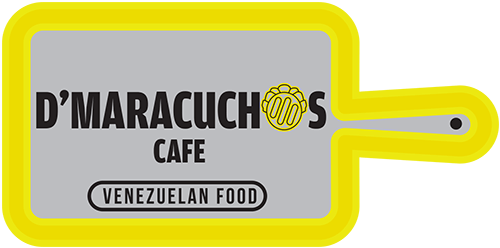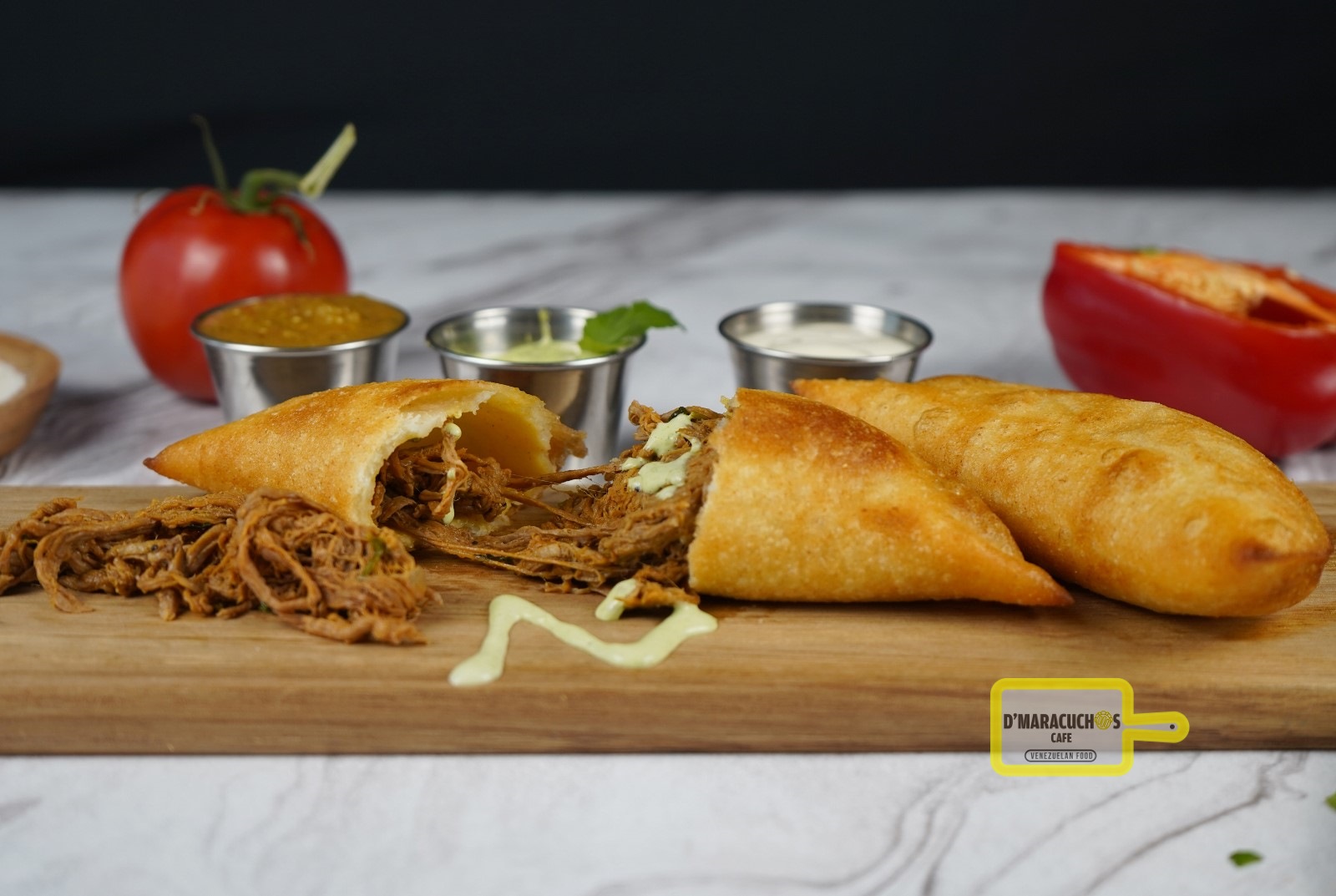Venezuelan empanadas are pastries with a crescent shape, made with corn flour, which sets them apart from other empanadas. Additionally, they are gluten-free, making them an appropriate choice for those with gluten intolerance.
These empanadas are similar to arepas and often accompany tequeños during breakfast. People often use leftover stews such as ground beef, chicken, tuna, or sardine and caraotas (black beans) to make this tasty dish, which can be consumed for breakfast, a quick lunch on the go, or as a school snack. In Venezuela, empanada vendors can be found everywhere, including street vendors who carry foam boxes with bottles of sauces and spices hanging on the side, offering quick service on the sidewalk.
The Empanada Criolla is believed to have its roots in Mesopotamia, where the oldest known recipe book is found, dating back 1700 years before Christ. This book written in cuneiform characters was deciphered by archaeologist Jean Bottero.
A precursor to the empanada can be seen in the preparation of the time, which consisted of baking two layers of wheat dough with a stew of birds in the middle. It is believed that filled dough wrappers spread throughout the Arab world, in North Africa and southern Spain. It can also be attributed to the Hebrews, who brought their empanada recipes to Andalusia.
From the medieval period, it is assumed that the tradition of filled dough wrappers has spread from Mesopotamia through North Africa to reach Spain. The Spanish-Arab and Spanish-Jewish gastronomic culture records the preparation of the empanada as a fried pie in Andalusia in the 13th century. Andalusia has always been considered the land of frying, and in the 16th century, the fried empanada was considered one of the dishes that every woman had to learn to find a husband or at least to earn her living honorably.
The Spanish conquerors brought empanadas to the New World, and in Mexico, they were served at a banquet offered by Viceroy Antonio de Mendoza and Hernán Cortés in 1538.
In Venezuela, it is believed that empanadas were introduced by Spanish colonizers on the eastern coasts in the mid-16th century and spread throughout the territory. In the 19th century, empanadas were part of Venezuelan gastronomic culture.
In Caracas, they were a highly appreciated offering in a very busy bar called “El Gato Negro”. It was also common to find street vendors offering fried arepitas and empanadas. At that time, Margarita empanadas were famous and in 1940, families began selling them in small stalls for neighbors and passers-by.
Today, the consumption of empanadas has spread throughout the territory and is a significant part of the daily diet of Venezuelans.



